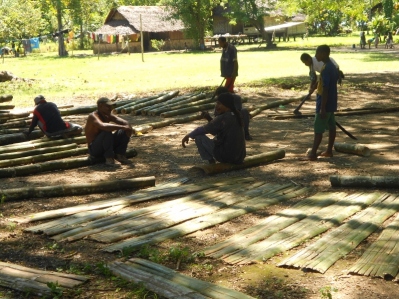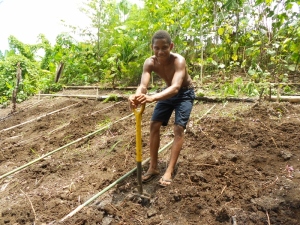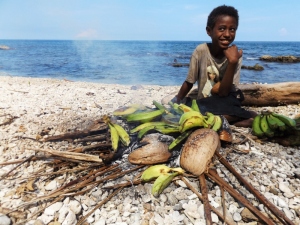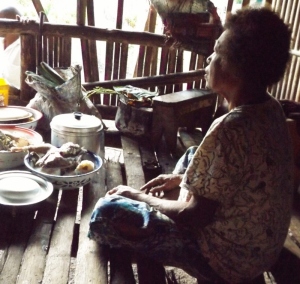During school break, I had the opportunity to meet Jo Shetler. She is well-known in the missions world as she translated the Bible in the Balangao language group located in the Philippines. She came to PNG to teach a Culture Meets Scripture workshop (which I wrote about in my last newsletter) and also spoke to our community on multiple occasions. Listening to her stories of God’s work in this language group was so inspiring and such a blessing. It was good to be reminded that God does the impossible, that He uses us in ways we can’t even imagine, and that His Word is full of power.
One afternoon, Jo had tea with me (along with a group of friends) and shared more about her journey with the Lord. This is a woman with experience. She started translating in 1962, dedicated the New Testament in 1982 (that’s 20 years!), and continues to travel the world as a missionary. The work is not easy, but the God that guides us is so full of goodness and grace.
This weekend I finally tracked down and took the time to read Jo Shetler’s book, “And The Word Came With Power.” I was not disappointed. Although I had heard the stories first-hand from Jo herself, it was so refreshing to read the testimonies she has written.
The Balangao people were head-hunting, spirit-worshipping people when Jo first arrived in the Philippines. As I read the pages of her book, I saw amazing transformation in these lives. It was like I was right there living it with them. As Jo built relationships with the Balangaos and translated Scripture with them, God was working.
- He showed them that He had power over the spirits they had been worshipping.
- He healed people and saved lives.
- He sent Jesus to die on the cross for them so they could have eternal life.
- He showed them His love and grace in very real ways.
- He taught them how to pray.
- He taught them how to love their enemies.
- He challenged them to go out to other villages and become missionaries themselves… and they did.
God’s Word changed their lives in a powerful way. How else could one go from a head-hunting, spirit-worshipper to a Christian missionary?! Only by the powerful grace of God.
This is why I’m here in Papua New Guinea. I long to see lives changed and impacted by God’s Word – that includes my own life. There are still about 300 language groups in PNG alone that don’t have God’s Word in their heart language… and many, many more around the world.
Please pray with me that God’s Word will continue to change lives around the world in a powerful way. The harvest is plentiful, but the workers are few. Pray for God to raise up more missionaries to go out and share the Good News with those still waiting to hear it.








































